Related Research Articles
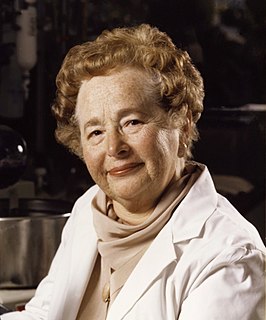
Gertrude "Trudy"Belle Elion was an American biochemist and pharmacologist, who shared the 1988 Nobel Prize in Physiology or Medicine with George H. Hitchings and Sir James Black for their use of innovative methods of rational drug design for the development of new drugs. This new method focused on understanding the target of the drug rather than simply using trial-and-error. Her work led to the creation of the AIDS drug AZT. Her well known works also include the development of the first immunosuppressive drug, azathioprine, used to fight rejection in organ transplants, and the first successful antiviral drug, acyclovir (ACV), used in the treatment of herpes infection.
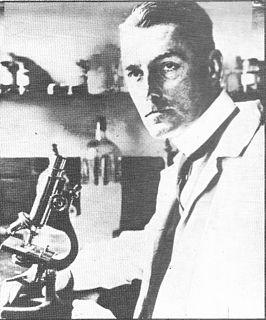
Sir Bernard Henry Spilsbury was a British pathologist. His cases include Hawley Crippen, the Seddon case, the Major Armstrong poisoning, the "Brides in the Bath" murders by George Joseph Smith, the Crumbles murders, the Podmore case, the Sidney Harry Fox matricide, the Vera Page case, and the murder trials of Louis Voisin, Jean-Pierre Vaquier, Norman Thorne, Donald Merrett, Alfred Rouse, Elvira Barney, Tony Mancini, and Margaret Lowe. Spilsbury's courtroom appearances became legendary for his demeanour of effortless dominance.

David Levin is a British businessman. In 2019, he was named university entrepreneur in residence at Arizona State University.

Dame Mary Lucy Cartwright, was a British mathematician. She was one of the pioneers of what would later become known as chaos theory. Along with J. E. Littlewood, Cartwright saw many solutions to a problem which would later be seen as an example of the butterfly effect.
The London School of Medicine for Women (LSMW) established in 1874 was the first medical school in Britain to train women as doctors. The patrons, vice-presidents, and members of the committee that supported and helped found the London School of Medicine for Women wanted to provide educated women with the necessary facilities for learning and practicing midwifery and other branches of medicine while also promoting their future employment in the fields of midwifery and other fields of treatment for women and children.
The Doctor of Engineering, or Engineering Doctorate, is a degree awarded on the basis of advanced study and research in engineering and applied sciences. In most countries, it is a terminal research doctorate. A DEng/EngD is equivalent to a PhD in engineering, but different in that it has a solid industrial base and an additional taught element.

Frances Elizabeth Hoggan was a Welsh doctor and the first British woman to receive a doctorate in medicine from any university in Europe. She was also a pioneering medical practitioner, researcher and social reformer – and the first female doctor to be registered in Wales. She and her husband opened the first husband-and-wife medical practice in Britain.

Annie Shepherd Swan, CBE was a Scottish journalist and fiction writer. She wrote mainly in her maiden name, but also as David Lyall and later Mrs Burnett Smith. A writer of romantic fiction for women, she had over 200 novels, serials, stories and other fiction published between 1878 and her death. She has been called "one of the most commercially successful popular novelists of the later nineteenth and early twentieth centuries". Swan was politically active in the First World War, and as a suffragist, a Liberal activist and founder-member and vice-president of the Scottish National Party.
The pharmaceutical industry in the United Kingdom directly employs around 73,000 people and in 2007 contributed £8.4 billion to the UK's GDP and invested a total of £3.9 billion in research and development. In 2007 exports of pharmaceutical products from the UK totalled £14.6 billion, creating a trade surplus in pharmaceutical products of £4.3 billion.

George William Balfour FRSE was a Scottish physician, known as a heart specialist.
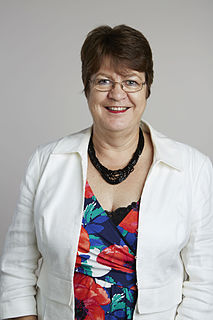
Jane Clarke is an English biochemist and academic. Since October 2017, she has served as President of Wolfson College, Cambridge. She is also Professor of Molecular Biophysics, a Wellcome Trust Senior Research Fellow in the Department of Chemistry at the University of Cambridge. She was previously a Fellow of Trinity Hall, Cambridge.
Cherry Hill, is a modernist style house on the Wentworth Estate in Virginia Water, Surrey, England, designed by architect Oliver Hill and completed in 1935. Originally called Holthanger, it was renamed Southern Court and subsequently Cherry Hill.

Margaret Mary Partridge was an electrical engineer, contractor and founder member of the Women's Engineering Society (WES) and the Electrical Association for Women (EAW). Her business worked with WES to identify and employ female apprentices, including Beatrice Shilling. Partridge also helped campaign to change the International Labour Organisation convention on night work for women in 1934, after Shilling was found working on her own in a power station at night, thus contravening the existing regulations.
Margaret Elizabeth Buchanan was a British pharmacist and pioneer of women in pharmacy.
Rose Coombes Minshull (1845–1905) was one of the first two women members of the Pharmaceutical Society of Great Britain (PSGB), admitted in 1879.
Donald Cumming Wilson FRSE FRIC (1898–1950) was a 20th-century Scottish manufacturing chemist. During the Second world war he controlled one of the main producers of military painkillers.
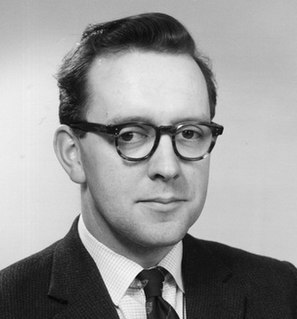
Thomas Graham Brown was a Scottish engineer who was most notable for collaborating in the design of the first medical ultrasound machine along with the obstetrician and designer Ian Donald, who would later be the Regius Professor of Obstetrics and Gynaecology at the University of Glasgow and industrial designer and obstetrician John MacVicar.

Elsie Higgon (1879-1969), was the first Joint Secretary of the (National) Association of Women Pharmacists; researcher for King’s College, the British Medical Journal and the British Pharmaceutical Codex; Lecturer in Chemistry at Portsmouth Municipal College; proprietor pharmacist of two businesses in Hampstead, proprietor of the College of Pharmacy for Ladies in Gordon Square, and a supporter of the suffrage movement.
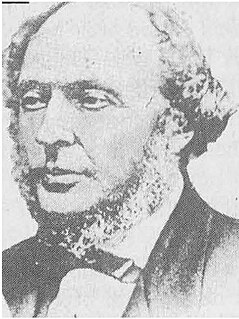
William Flockhart, L.R.C.S.E. was a Scottish chemist, a pharmacist who provided chloroform to Doctor James Young Simpson for his anaesthesia experiment at 52 Queen Street, Edinburgh on 4 November 1847. This was the first use of this chemical on humans when Simpson tried it on himself and a few friends, and then used it for pain relief in obstetrics, and surgery. This changed medical practice for over a century, according to the British Medical Journal.
Soraya Dhillon MBE is professor emeritus at the University of Hertfordshire known for her work in the field of clinical pharmacokinetics, drug handling, patient safety, and the evaluation of the role of the pharmacist in health care. She is a fellow of the Royal Pharmaceutical Society.
References
- 1 2 3 "69: Elizabeth jane smith". Magnificent Women. Retrieved 8 October 2019.
- ↑ Birse, R.M. (1983). Engineering at Edinburgh University, a short history 1673-1983. Edinburgh University Press.
- ↑ UBM (1922). The chemist and druggist [electronic resource]. Wellcome Library. London : Morgan Brothers.
- ↑ UBM (1918). The chemist and druggist [electronic resource]. Wellcome Library. London : Morgan Brothers.